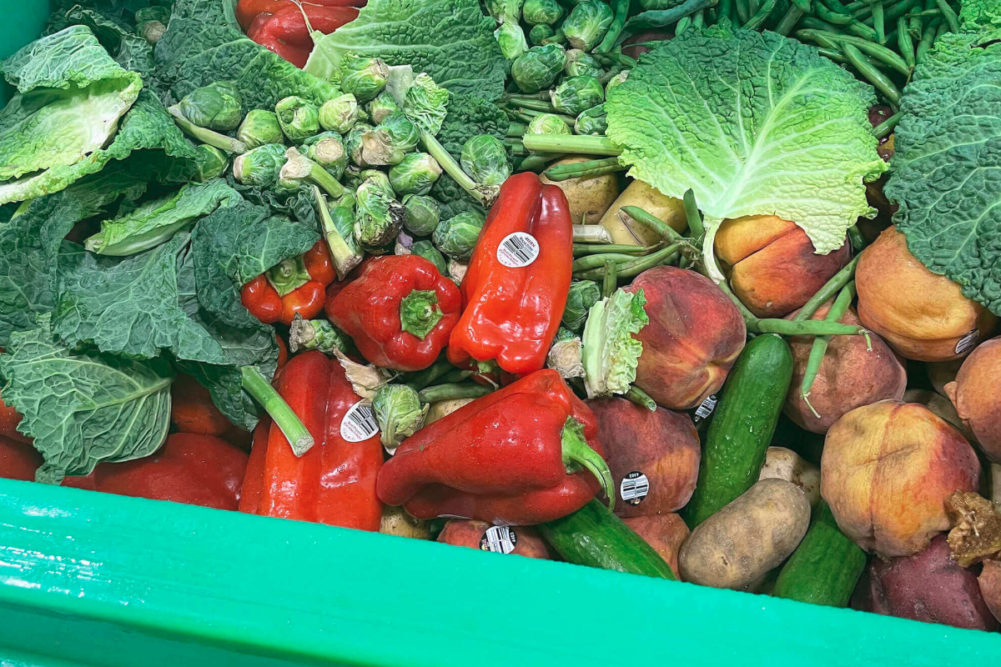Each year in the United States, 73 to 152 million metric tons of food is lost or wasted during all stages of the food supply chain (from primary production to consumption), according to the EPA’s November 2021 report, From Farm to Kitchen: The Environmental Impacts of U.S. Food Waste.
Food waste adversely impacts the economy, communities, and the environment by wasting the resources used to grow and transport it. Preventing food waste and keeping food and other organics out of landfills mitigates climate change, as an estimated 8% of global greenhouse gas emissions come from wasted food. At the same time, uneaten food contains enough calories to feed more than 150 million people each year, far more than the 35 million estimated food-insecure Americans.
The U.S. Environmental Protection Agency (EPA) recognizes notable achievements and innovations of 18 businesses and organizations that participated in EPA’s Food Recovery Challenge (FRC) in 2020 and 2021. During this period, FRC partners prevented about 1.2 million tons of food from entering landfills or incinerators, saving $61.5 million in avoided landfill costs and reducing the amount of wasted food contributing to landfill emissions associated with climate change.
Two awardees, Sodexo and Sprouts Farmers Market, are also U.S. Food Loss and Waste 2030 Champions, a group of businesses and organizations that have publicly committed to reduce food loss and waste by 50% in their own operations by the year 2030.
“The EPA Food Recovery Challenge Award winners demonstrate how preventing food waste and diverting excess wholesome food away from landfills and to people is important for the environment and for communities,” said EPA Administrator Michael Regan. “Their accomplishments serve as excellent examples to other companies, governments, organizations and communities, particularly because food is the single largest category of waste. We have an obligation to follow the lead of our award winners, not only for the sake of 35 million food-insecure Americans, but also to prevent emissions that contribute to climate change.”
Many environmental inputs go into getting food from farms to our plates, and when food doesn’t get sold or eaten along the way, people are throwing away valuable resources and missing opportunities to feed others.
Through the FRC, EPA has worked with organizations and businesses for the past decade to set data-driven goals, implement targeted strategies to reduce wasted food in their operations, and report results to compete for recognition. During 2019 and 2020, FRC national awardees implemented innovative approaches and engaged in practical, cost-effective actions and best practices to prevent and reduce wasted food. Best practices and innovations included school waste audits and custom pallet building to maintain flexibility for those picking up recovered food. Many national awardees provided much-needed food during the COVID-19 pandemic.
Nearly 600 businesses, governments and organizations actively participated in the FRC in 2020-2021. Since the launch of the program in 2011, FRC partners prevented and diverted over 5.5 million tons of wasted food from entering landfills. In the most recent reporting cycle, FRC partners prevented or diverted about 1.2 million tons of food from entering landfills or incinerators, saving up to $61.5 million in avoided landfill costs. Data-driven award recipients achieved the highest percentage increases in food waste diversion in their sectors comparing year-to-year data. Narrative award winners achieved notable progress in the areas of source reduction, leadership, innovation, education and outreach, and endorsement of sustainable management of food.

